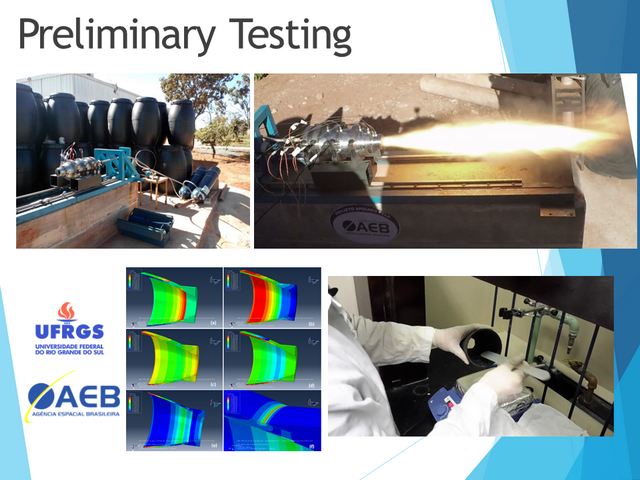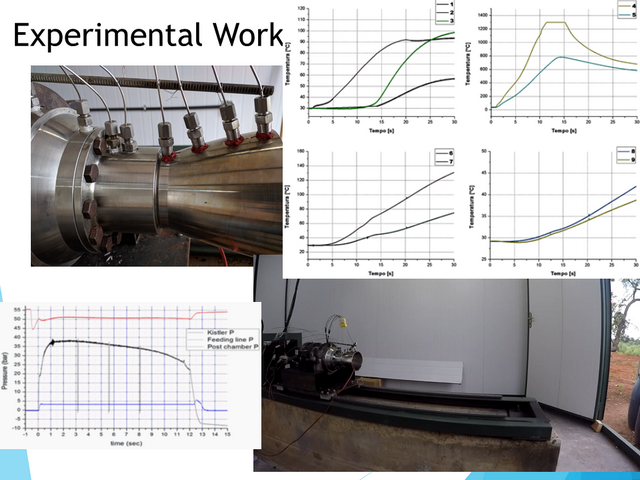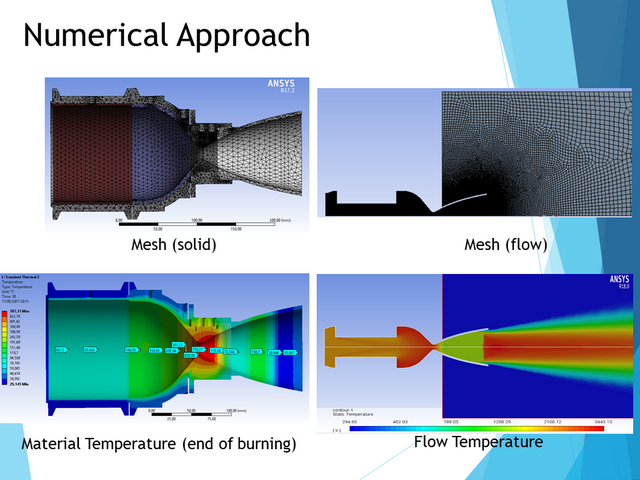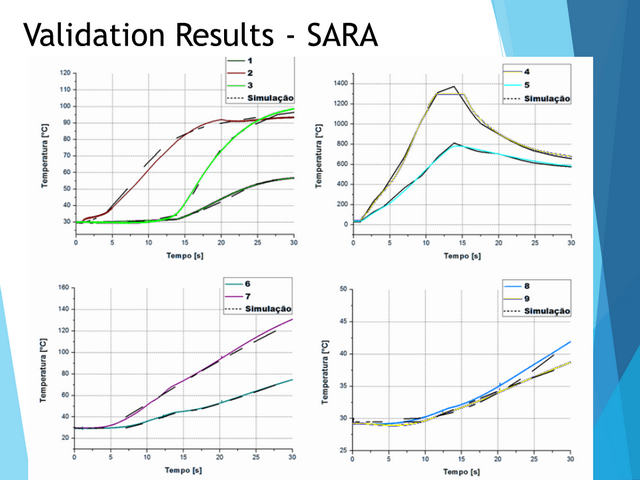Design and Fabrication of the Propulsion System That Meets the Requirements of SARA Reentry Platform
Using Hybrid Propellants
(2013 - 2016)
Grant source: Brazilian Space Agency (AEB) (R$ 360.000,00)
Team: Dr. Olexiy Shynkarenko, Dr. Artem Andrianov, Dr. Jungpyo Lee, MSc. Artur Elias de Morais Bertoldi
Abstract: The objective of the Uniespaço-II project started in 2013 was to design, build and test a prototype of a propulsive system that meets the requirements of the induction of reentry SARA platform – re-entry satellite for the low-gravity scientific experiments. The development of this project was divided into two phases, whose specific objectives are described below.
In the first step, an engineering model of hybrid rocket motor was developed, which operates using the pair of propellants Paraffin – Nitrous Oxide (N2O). At this stage, the prototype consists primarily of the mechanical interface, oxidizer tanks, thruster, control system, auxiliary subsystems and safety devices. After assembling of the prototype qualification tests for ignition and injection of oxidant, testing of the cold and hot system were realized. In this phase, the burning time of the fuel was be limited in values less than 10 seconds. The prototype contains minimal instrumentation to obtain relevant data and primary controlling the injection of the oxidant.
For the second stage, two important technological challenges were solved:
1 – Operating of the engine with the burning times up to 50 seconds;
2 – Incorporate means to vary the operational stability while varying the thrust of the motor.
Some specific solutions were tested, for example, the cooling of the nozzle, employing of ablative layer materials of thermal protection or combination of these proposals.
As secondary objectives, were defined the qualification of human resources, researchers, undergraduate and graduate degrees in aerospace propulsion. Therefore, at the end of the project the feasibility in the lab environment was demonstrated, proving, that the hybrid propulsion technology can fulfill the mission of the reentry platform.
Project videos:
1. Hybrid Rocket motor test - 41 second
2. Hybrid rocket motor test in the Chemical Propulsion Laboratory (CPL) of the University of Brasilia. N2O + Paraffin, 13 seconds. The overexpanded nozzle was installed to verify the flow separation process and the nozzle resistance to the normal shock-wave. The results of the test were used for the validation of the numerical simulations provided by the CPL.
3. Testing of the composite nozzle destruction due to the normal shock-wave excessive temperature rise in the nozzle and the flow separation. The flow separation region is observed on 25th second.
Results:
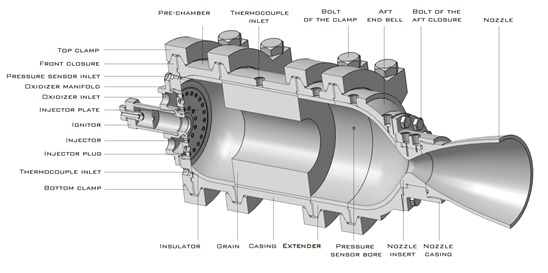
Fig. 1. Design of the test-motor.

Fig. 2. Flow lines distribution: “60mm” post-chamber.
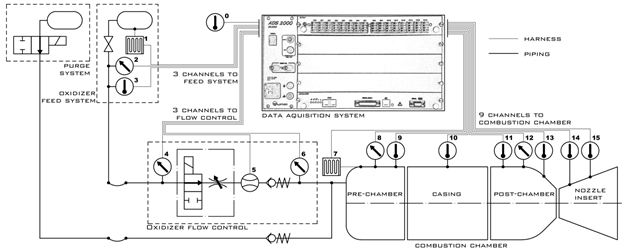
Fig. 3. Arrangement of measuring units.
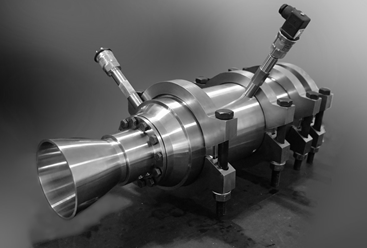
Fig. 4. Assembled modular test-motor
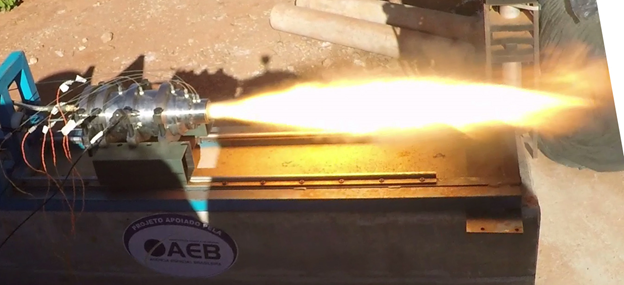
Fig. 5. Operating test-motor

Test 09/03/2017

Test 15/03/2017

